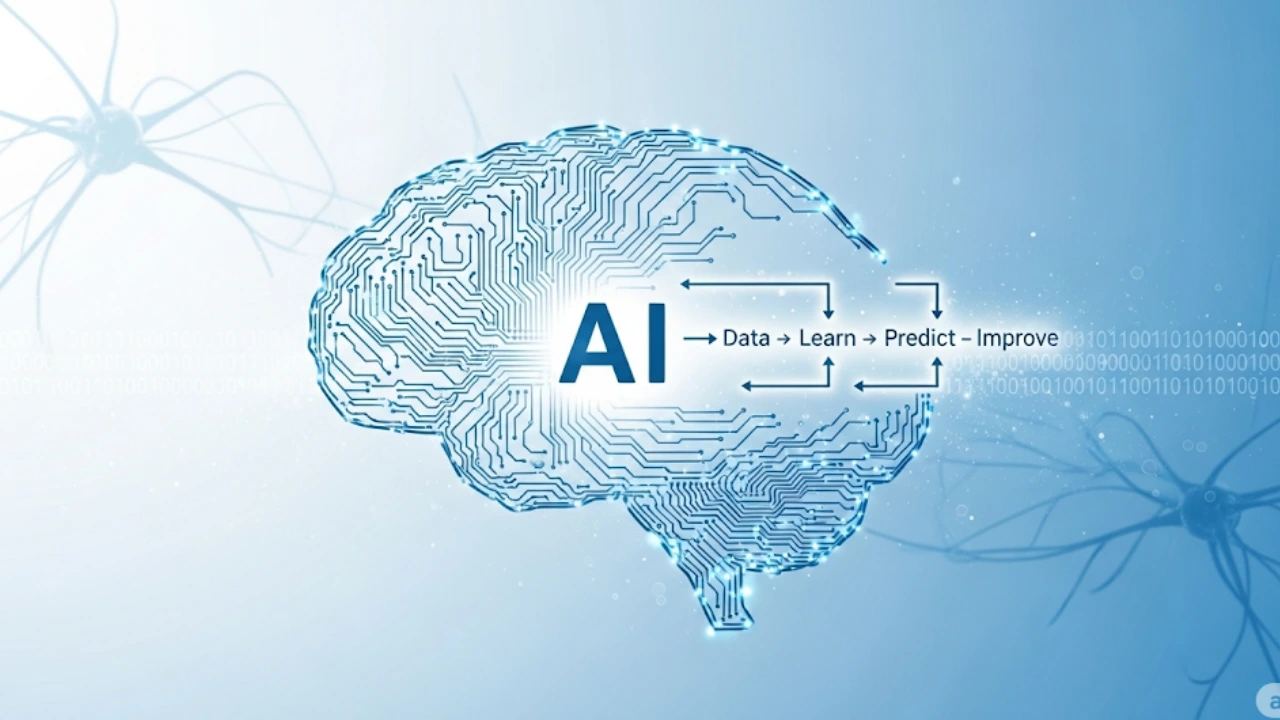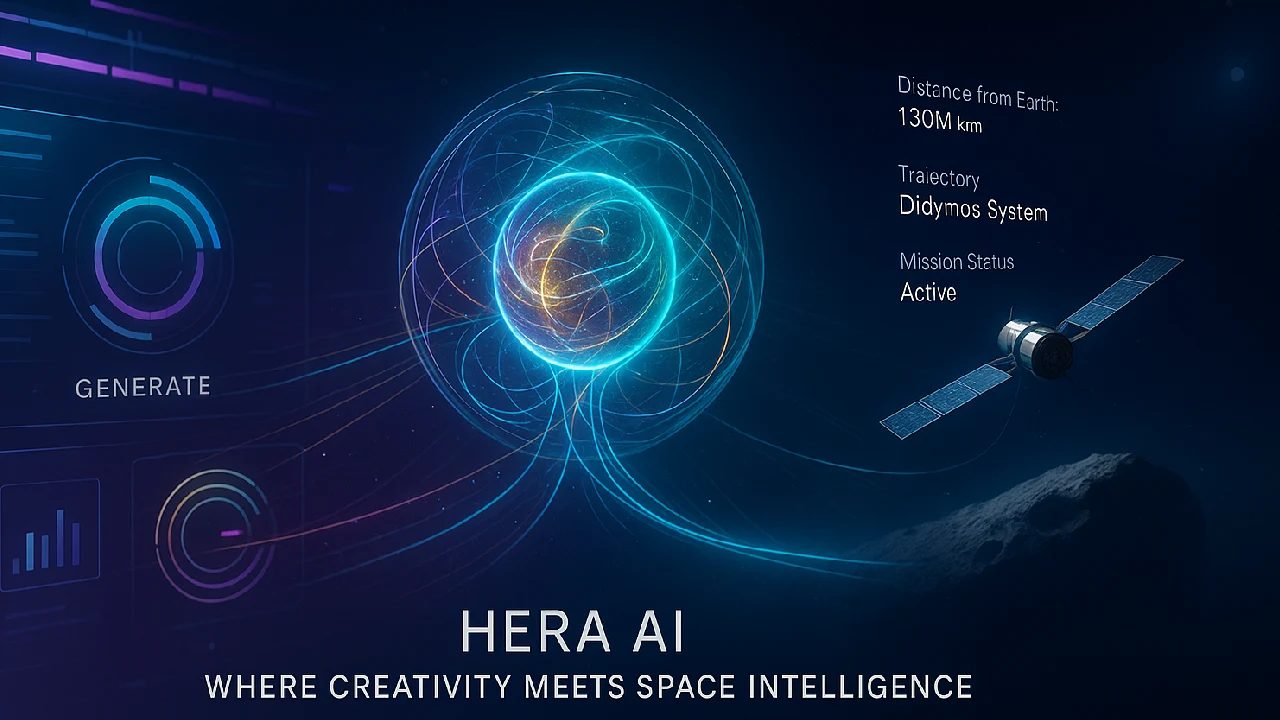How does AI work? Discover the step-by-step process behind artificial intelligence, explained in simple terms. Learn how AI systems think, learn, and make decisions in real-world applications.
Artificial intelligence (AI) is no longer a futuristic concept; it powers everything from your smartphone assistant to recommendation engines and self-driving cars. But what are the inner workings of AI? In this blog, we’ll break down the AI working process step by step, explain how artificial intelligence works in basic terms, and demystify how these systems “think” and make decisions.
Introduction: Why Understanding AI Matters
AI is transforming industries and our daily lives. Yet, many people still ask, “How does AI work?” or, “How does AI actually work?” Whether you’re a student, a curious tech user, or someone exploring a career in AI, it’s important to grasp the basics of artificial intelligence.
This blog provides a step-by-step AI explanation using simple language so you can understand how AI learns, thinks, and evolves.
What Is AI in Basic Terms?
Let’s start with the fundamentals.
Artificial intelligence refers to the ability of machines to mimic human intelligence, like learning, reasoning, and problem-solving.
When someone asks, “How does AI work in basic terms?” The simplest way to explain how AI works is that it uses data and algorithms to make decisions or predictions based on the patterns it learns from that data.
How AI Works Step by Step
Here’s a simplified breakdown of the AI working process:
Step 1: Data Collection
AI needs input data, lots of it. This could be
- Text (like emails)
- Images (like facial recognition data)
- Audio (like voice commands)
- Sensor data (from smart devices)
Step 2: Data Preparation
We clean and structure the data to enable AI systems to understand it. This includes:
- Removing duplicates
- Filling in missing information
- Converting data into numerical formats
Step 3: Model Selection
An AI model is like a recipe; it tells the system how to learn from the data. Some common models include
- Decision Trees
- Neural Networks
- Support Vector Machines
Step 4: Training the AI
This is where the model learns. It processes thousands or millions of data points to detect patterns.
Example: If you feed an AI many pictures of cats and dogs, it begins to learn the features that distinguish them.
Step 5: Evaluation and Testing
Once trained, the AI is tested on new (unseen) data to check its accuracy.
Step 6: Deployment and Learning
Once deployed, AI continues learning from new data; this is called machine learning. The more it learns, the better it gets.
That’s how AI works, step by step, by learning from data and improving over time.
How does AI function in real-world scenarios?
Let’s examine a practical example to explain this AI simply.
Example: Email Spam Detection
- The AI undergoes training on thousands of spam and non-spam emails.
- It learns patterns like keywords, links, or sender behavior.
- New emails are filtered automatically based on this learning.
- Over time, the AI adapts as spammers change tactics.
This is how artificial intelligence works in real-life applications through continuous learning and pattern recognition.
Types of AI Technologies Used
Here are just a few examples of how AI is working all around you:
- Voice Assistants (Siri, Alexa)
- Netflix Recommendations
- Google Search Results
- Self-Driving Cars
- Healthcare Diagnoses
All these use some form of machine learning or deep learning to make decisions.
Conclusion: AI, Explained Simply
So, How does AI work?
In the most basic terms:
AI takes data, uses algorithms, finds patterns, makes predictions, or makes decisions. It keeps improving.
Whether you’re a beginner or tech enthusiast, this step-by-step AI explanation offers the foundation you need to understand How does AI work in basic terms?
As the world becomes more AI-driven, knowing how artificial intelligence works helps you become more informed, safer, and better prepared for the future.







